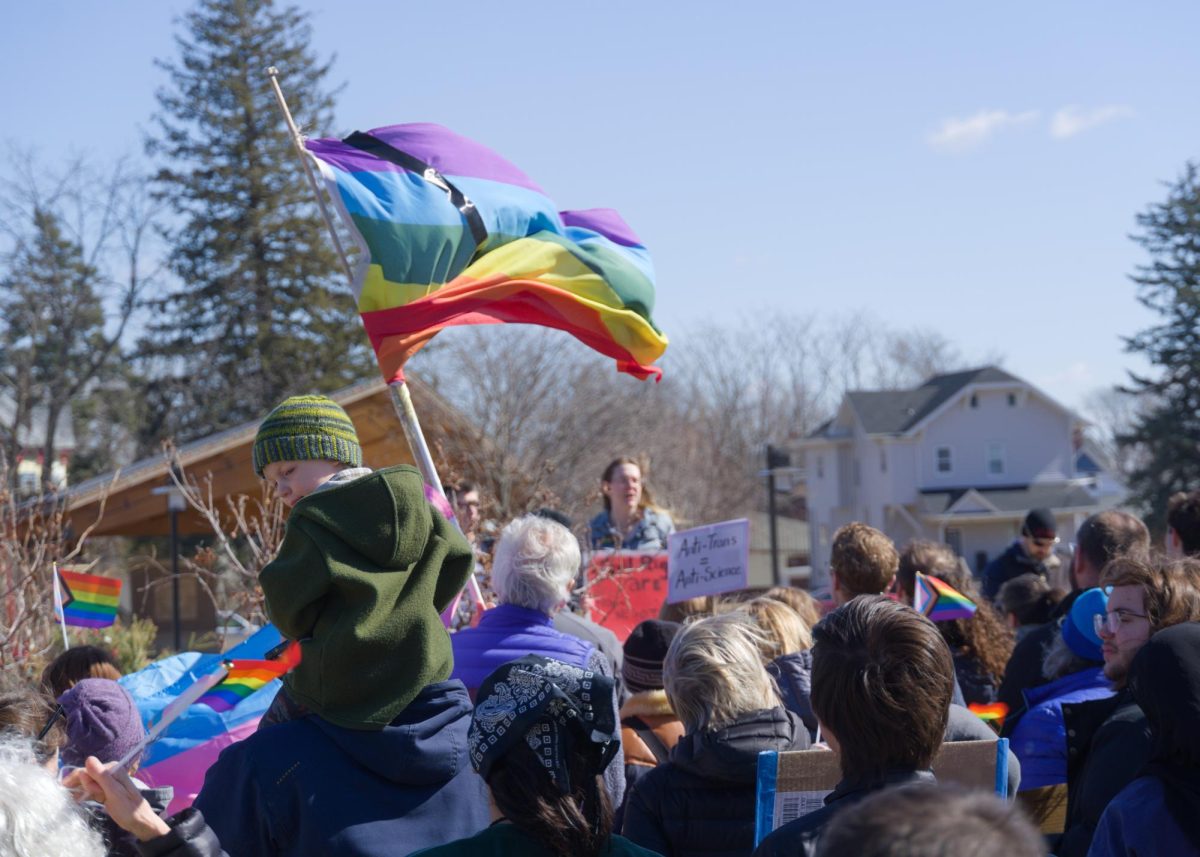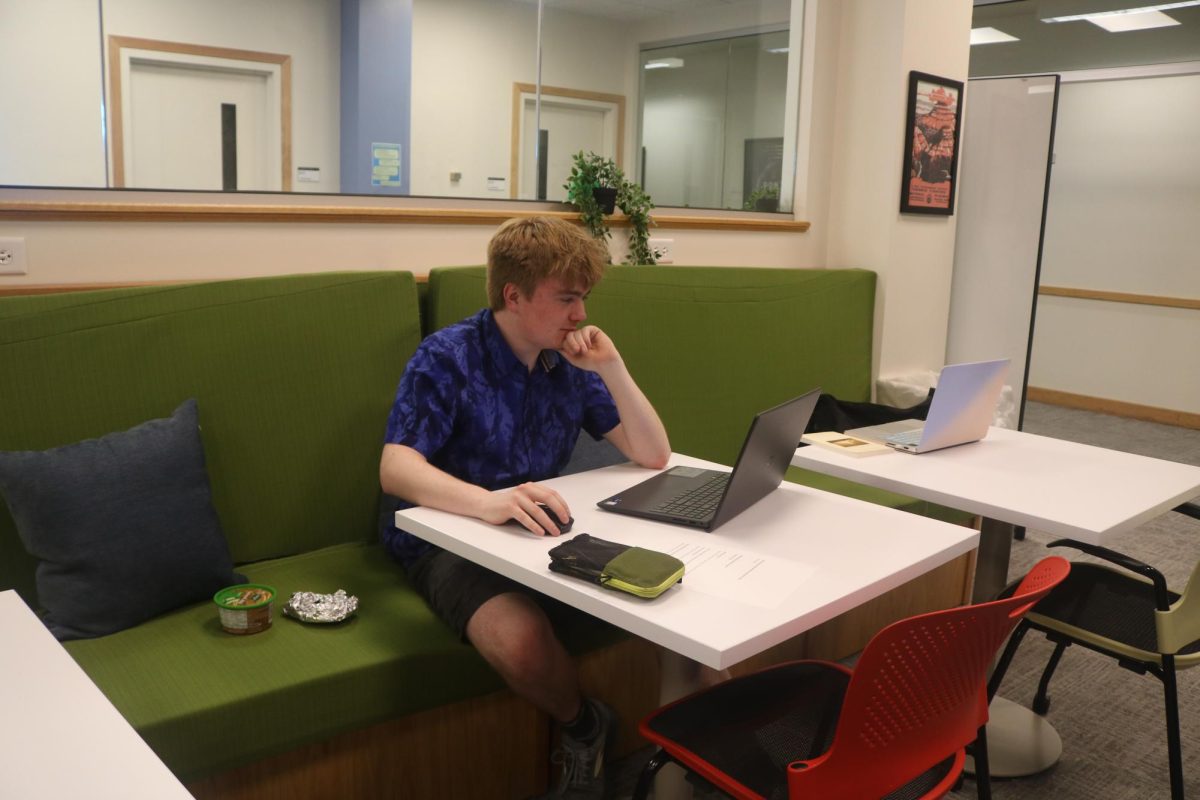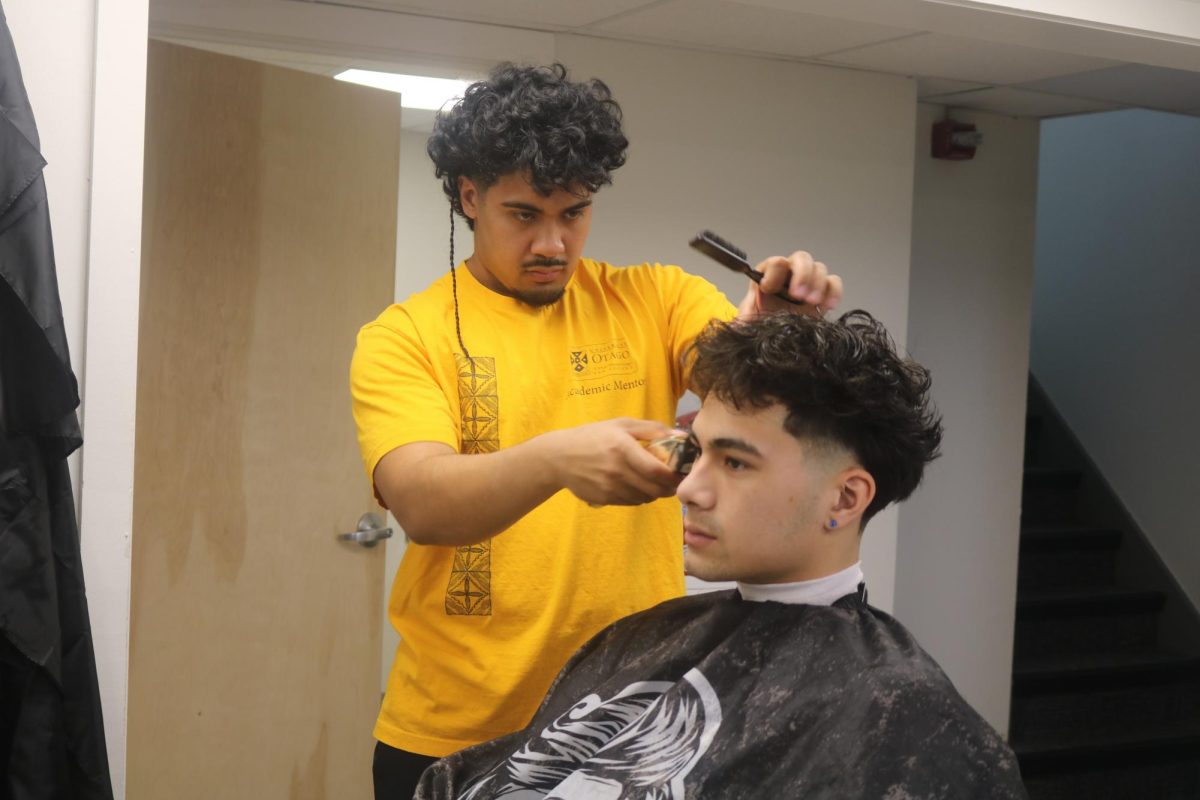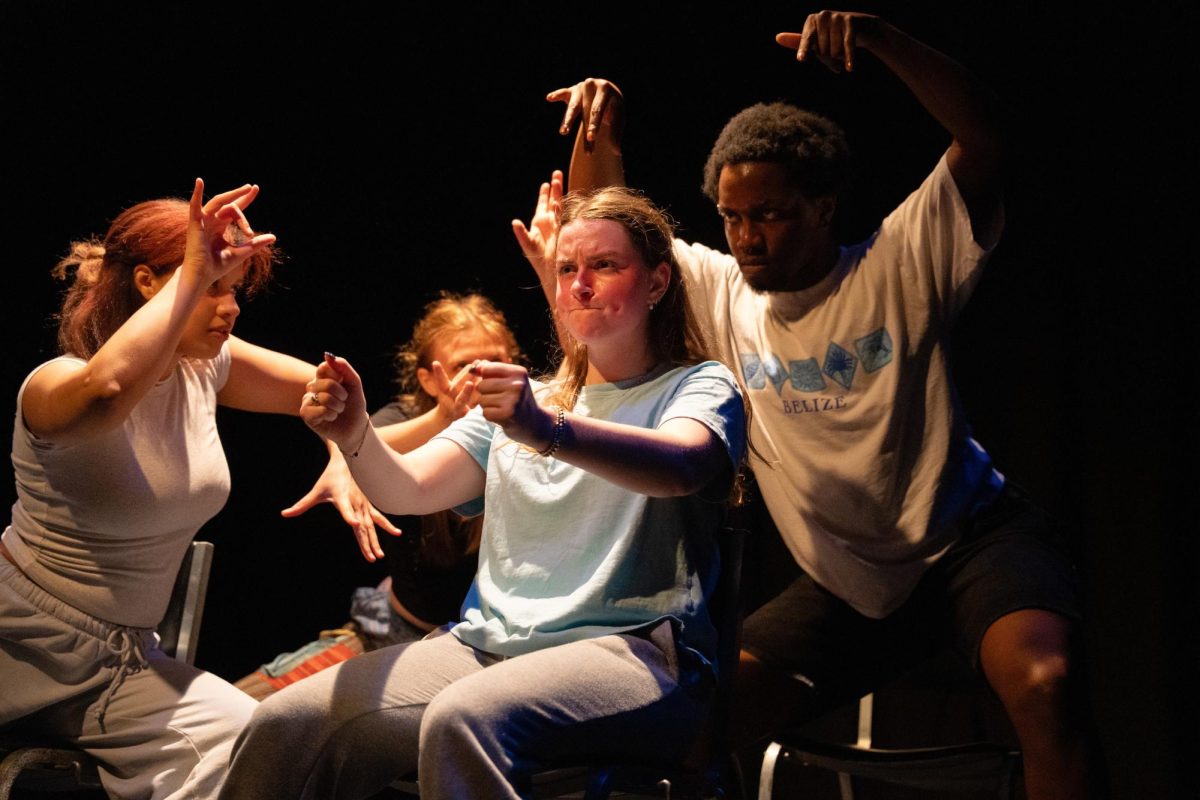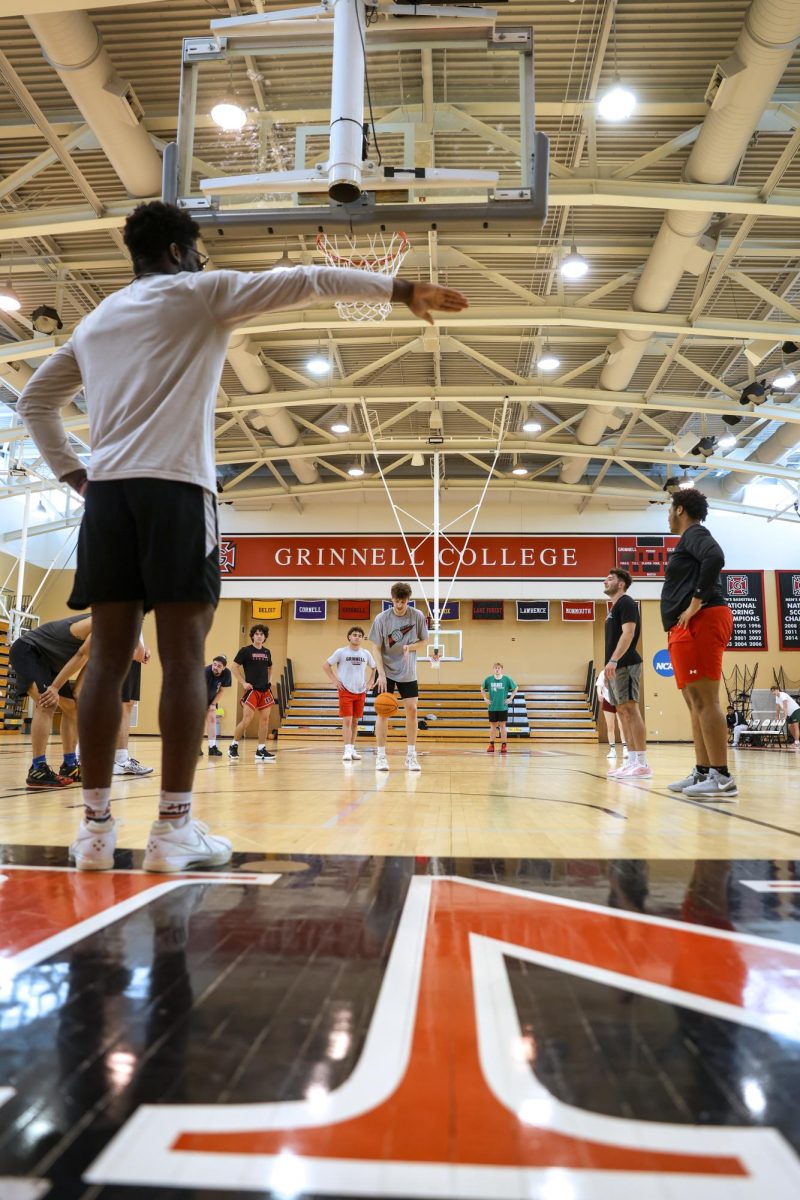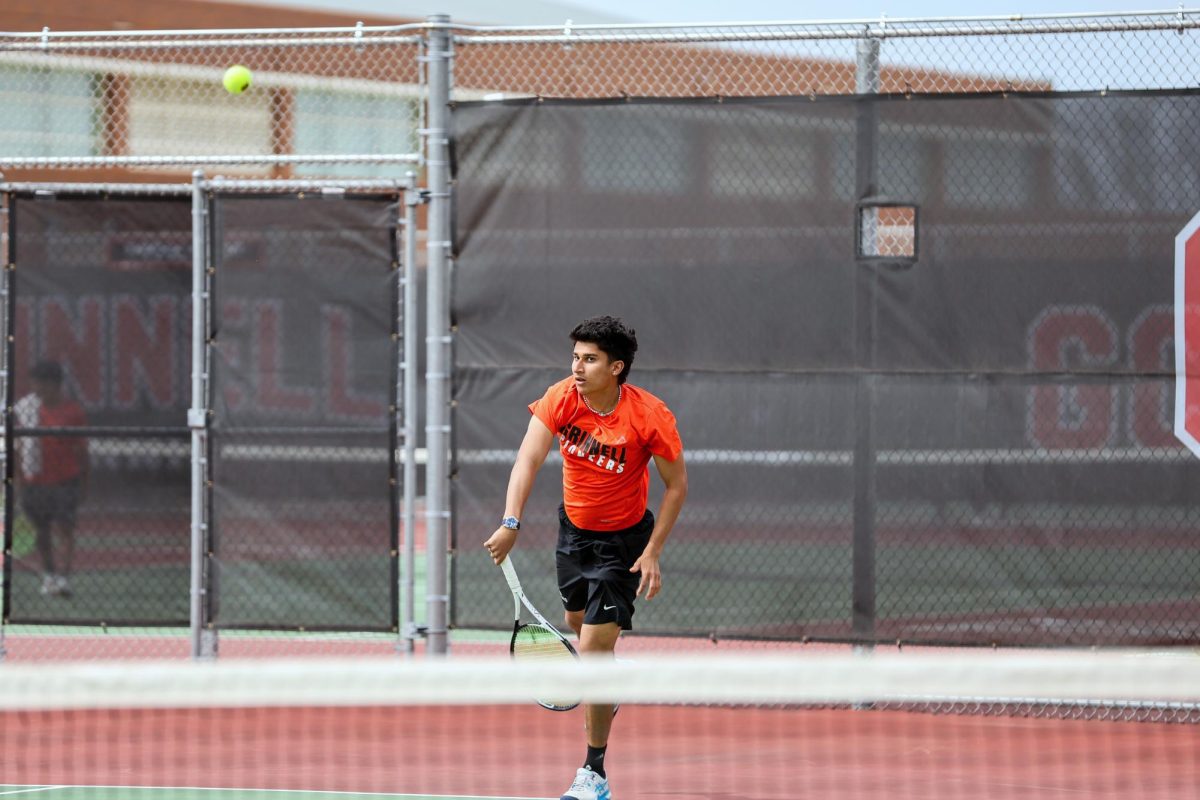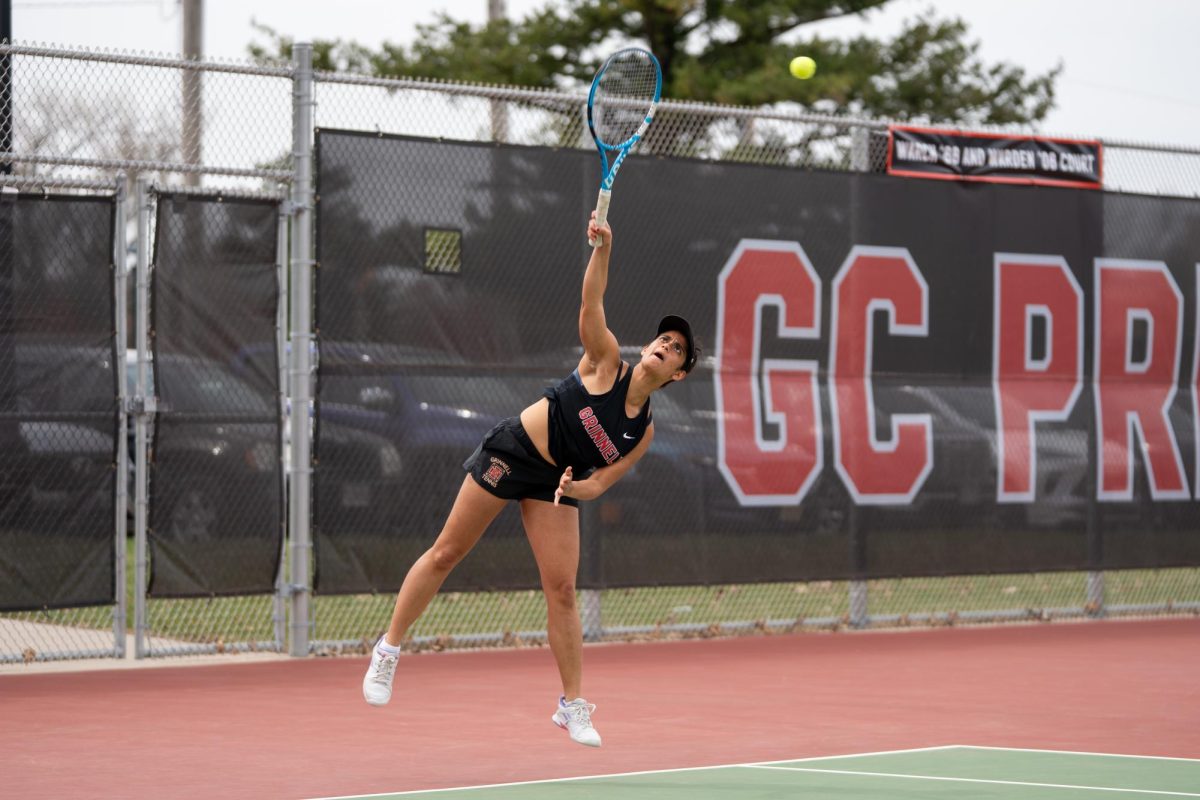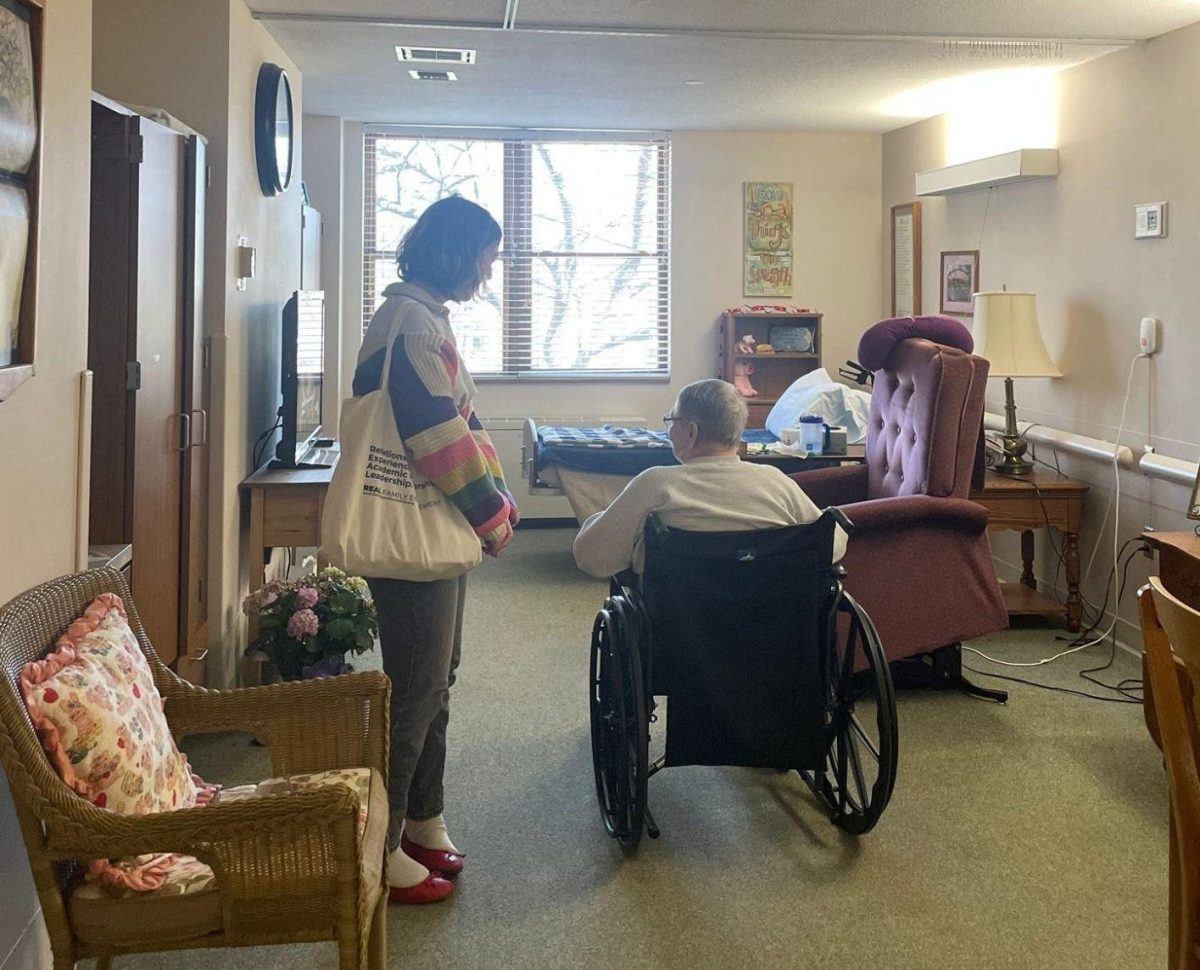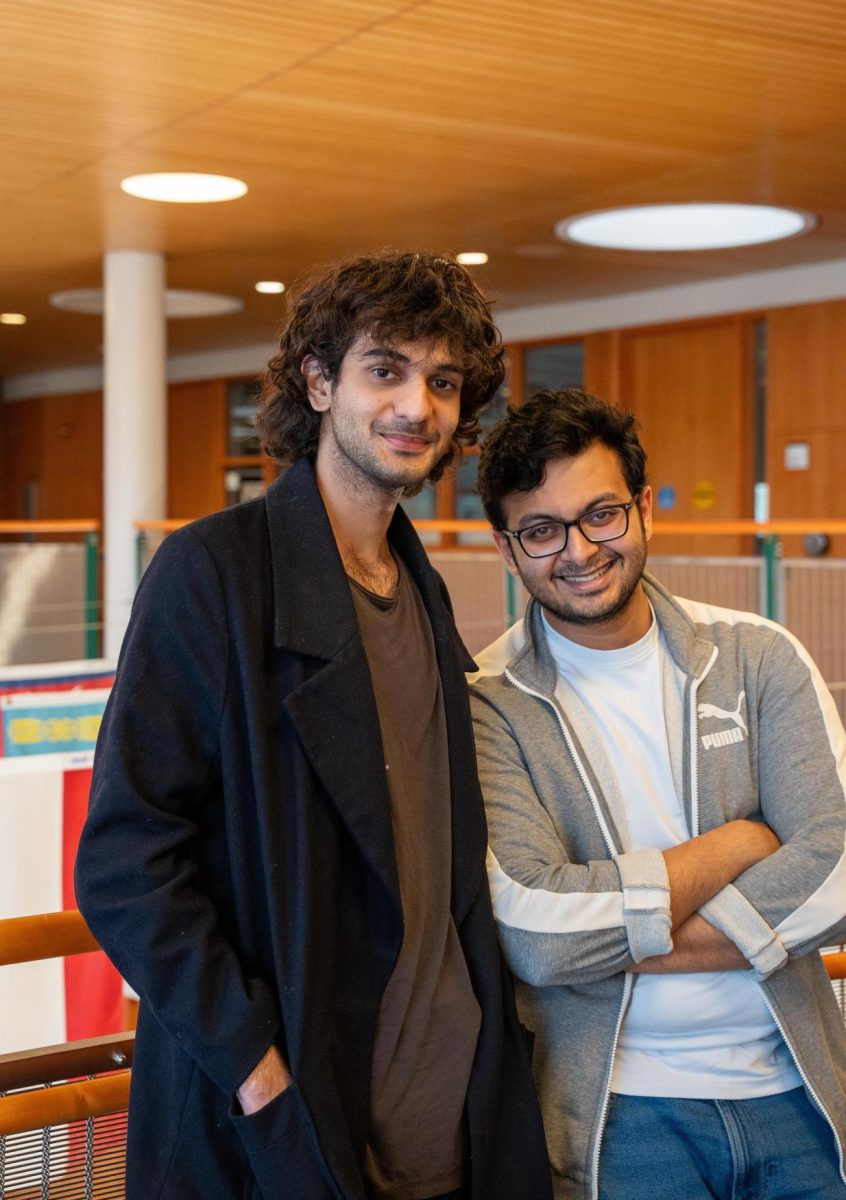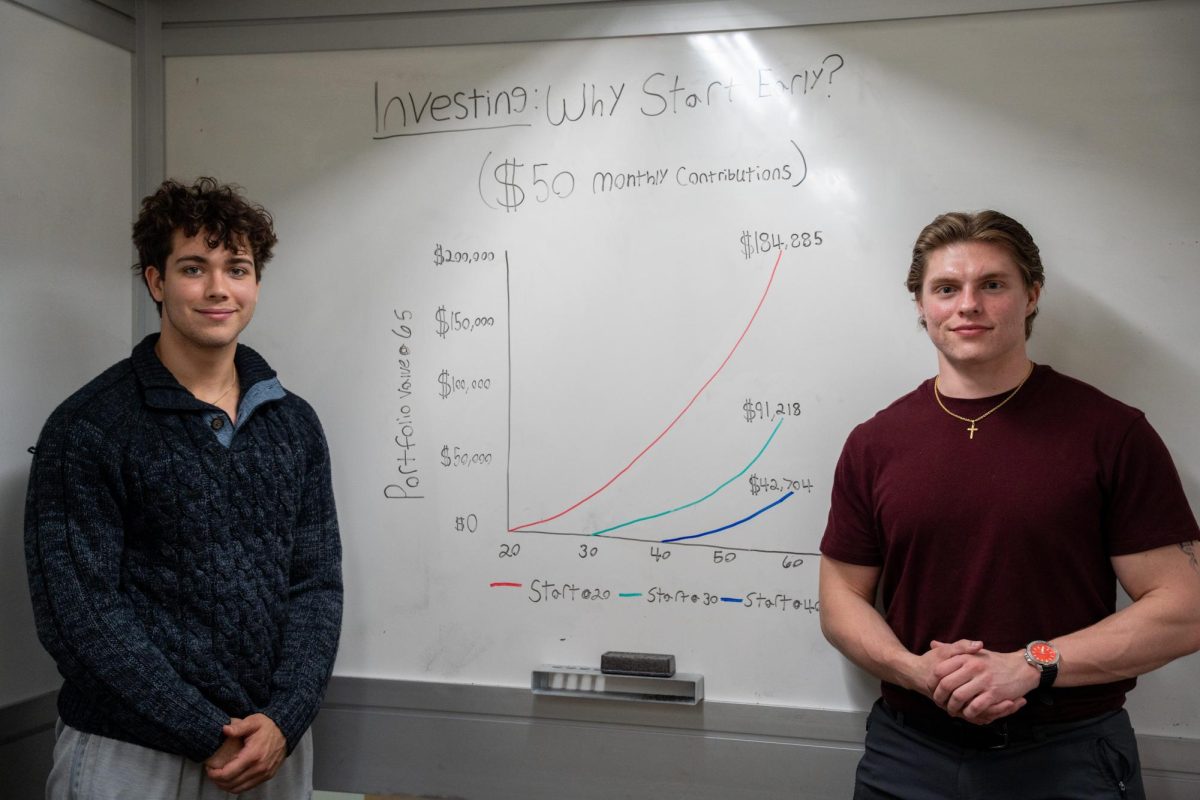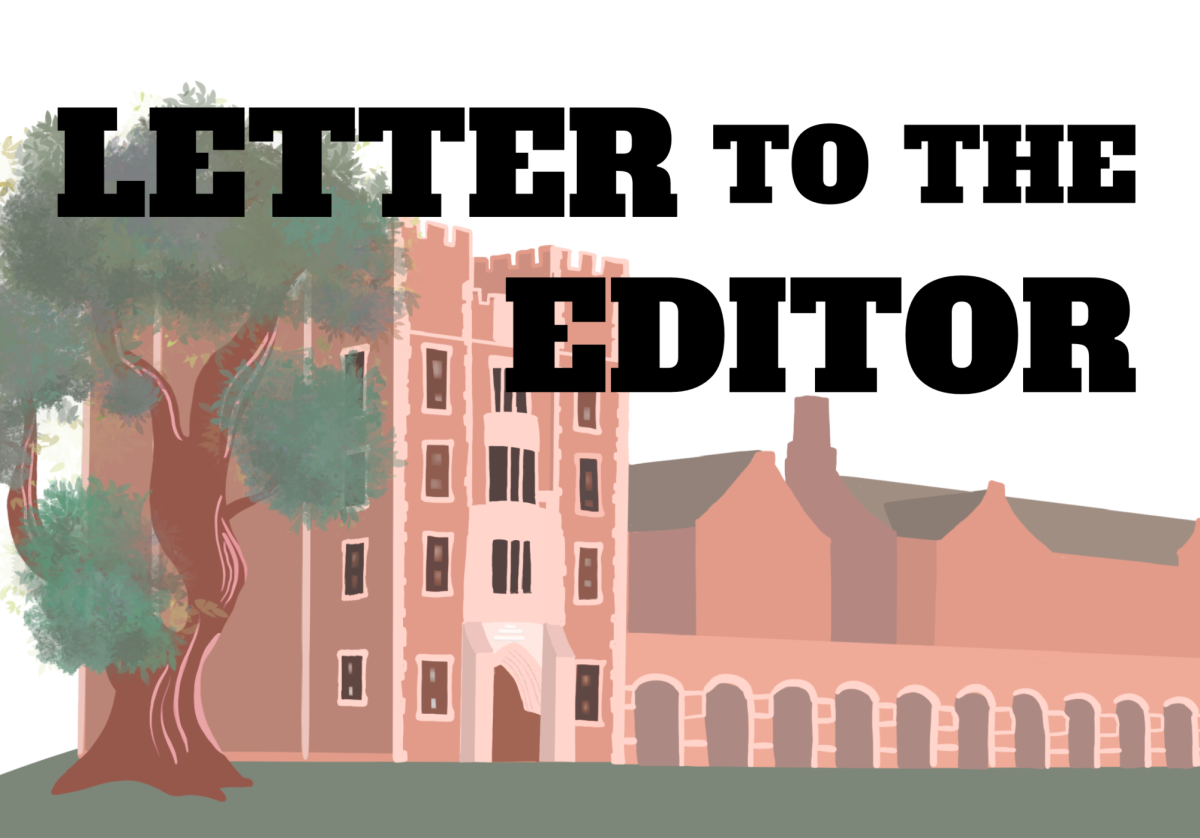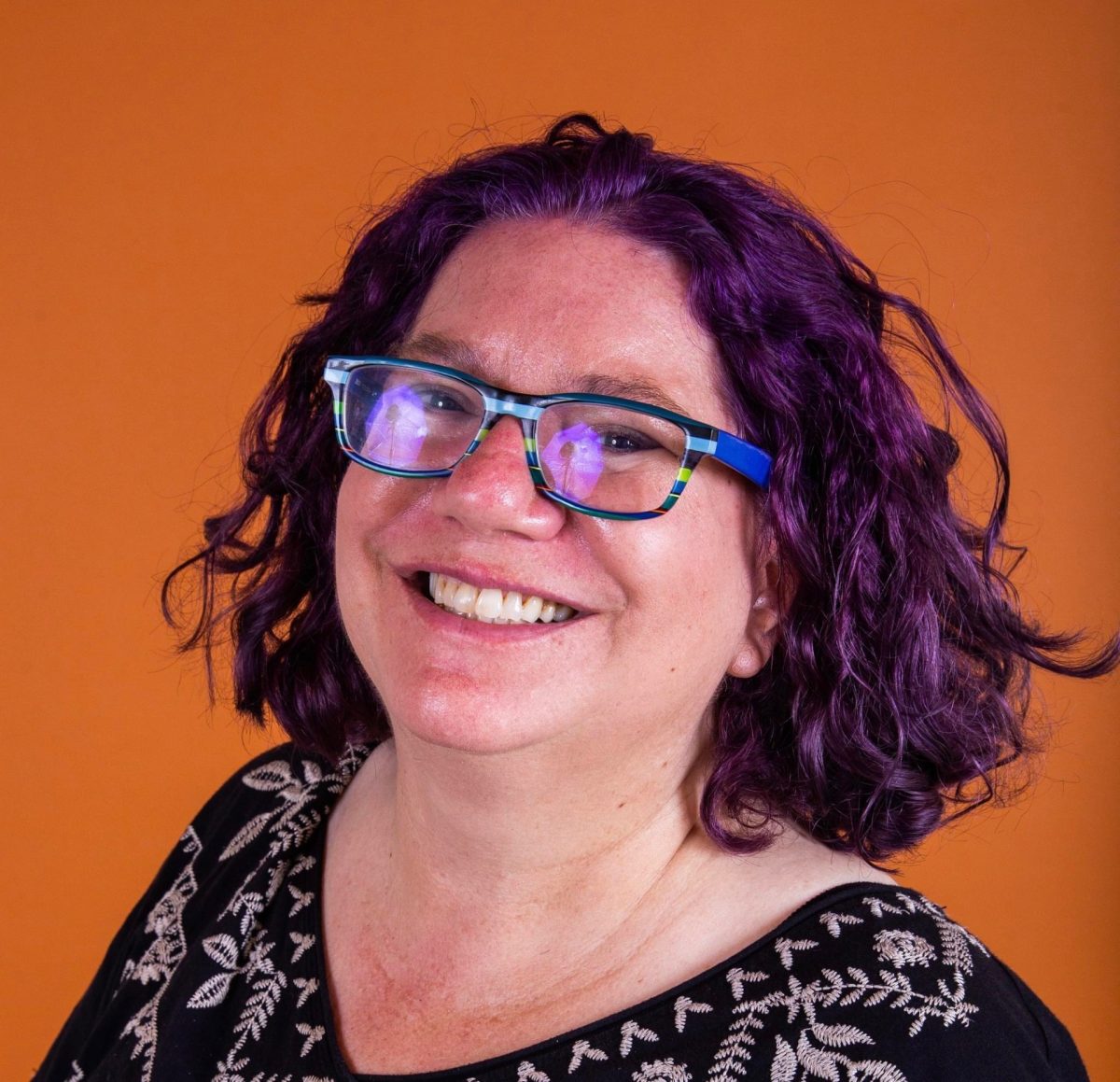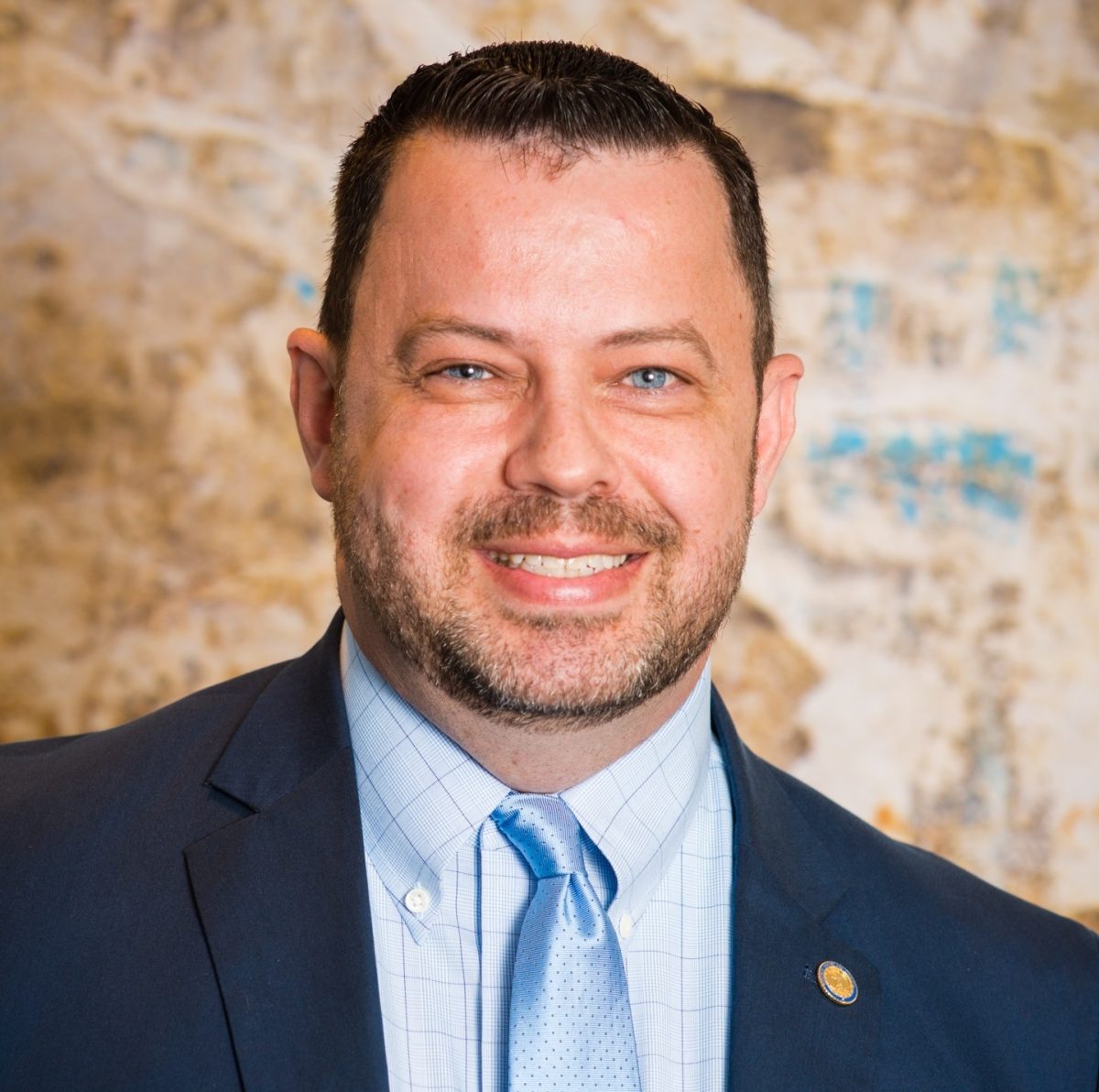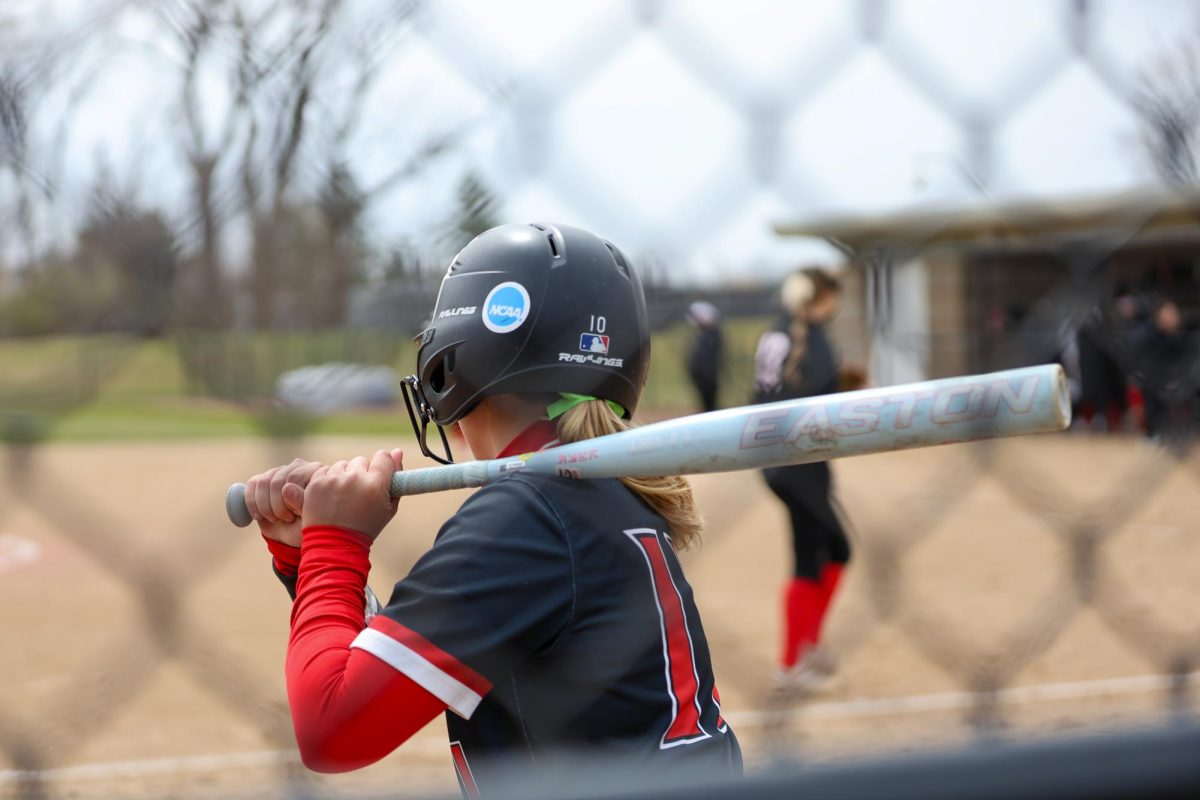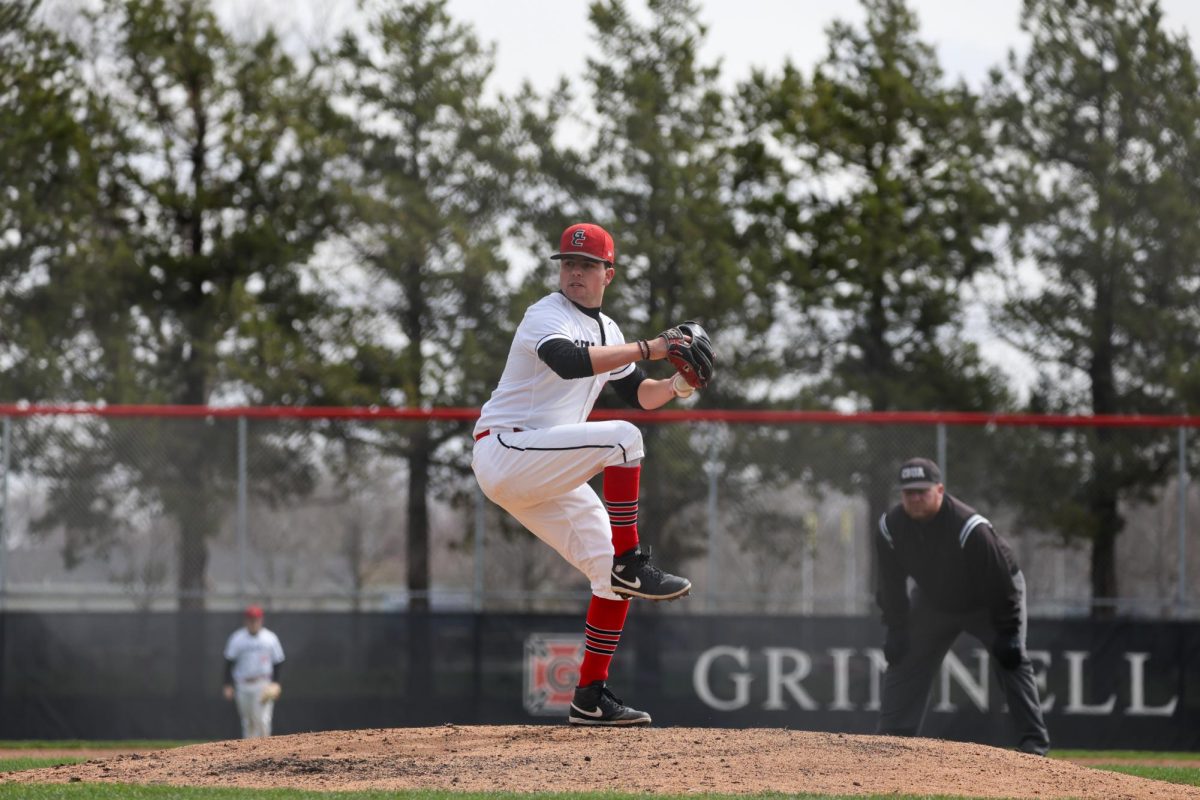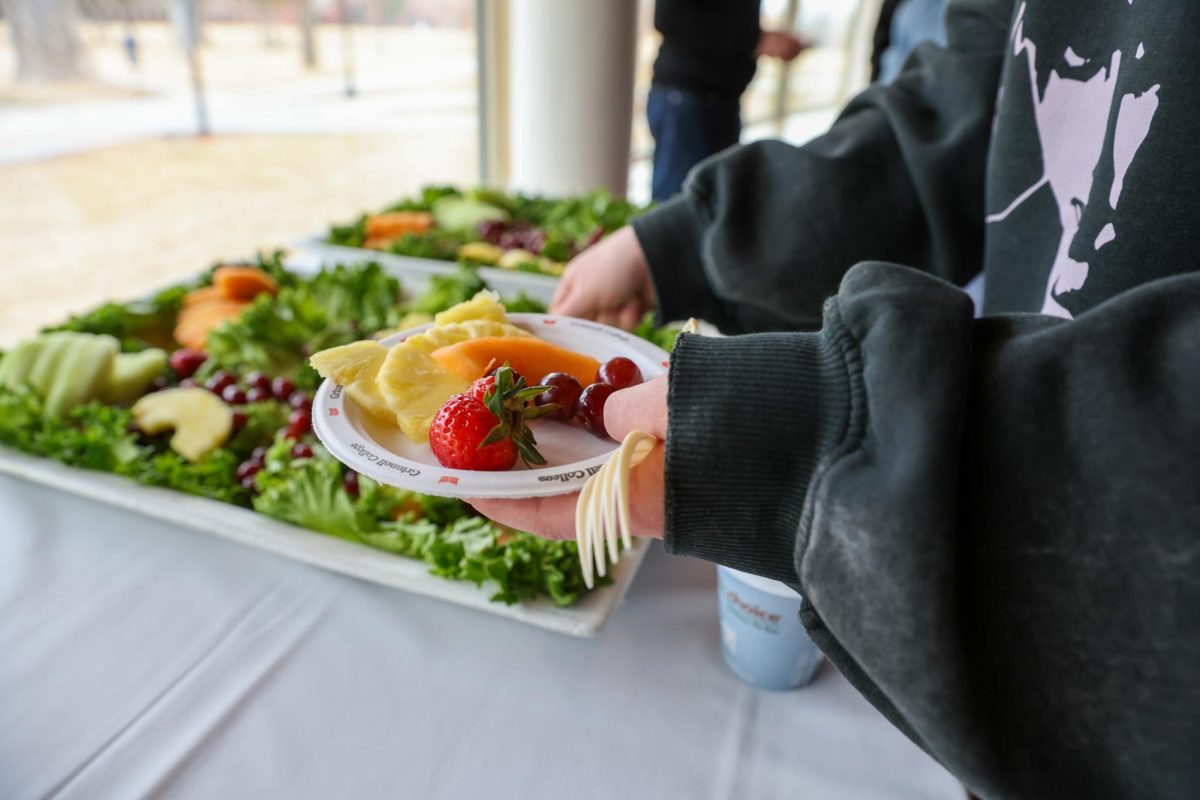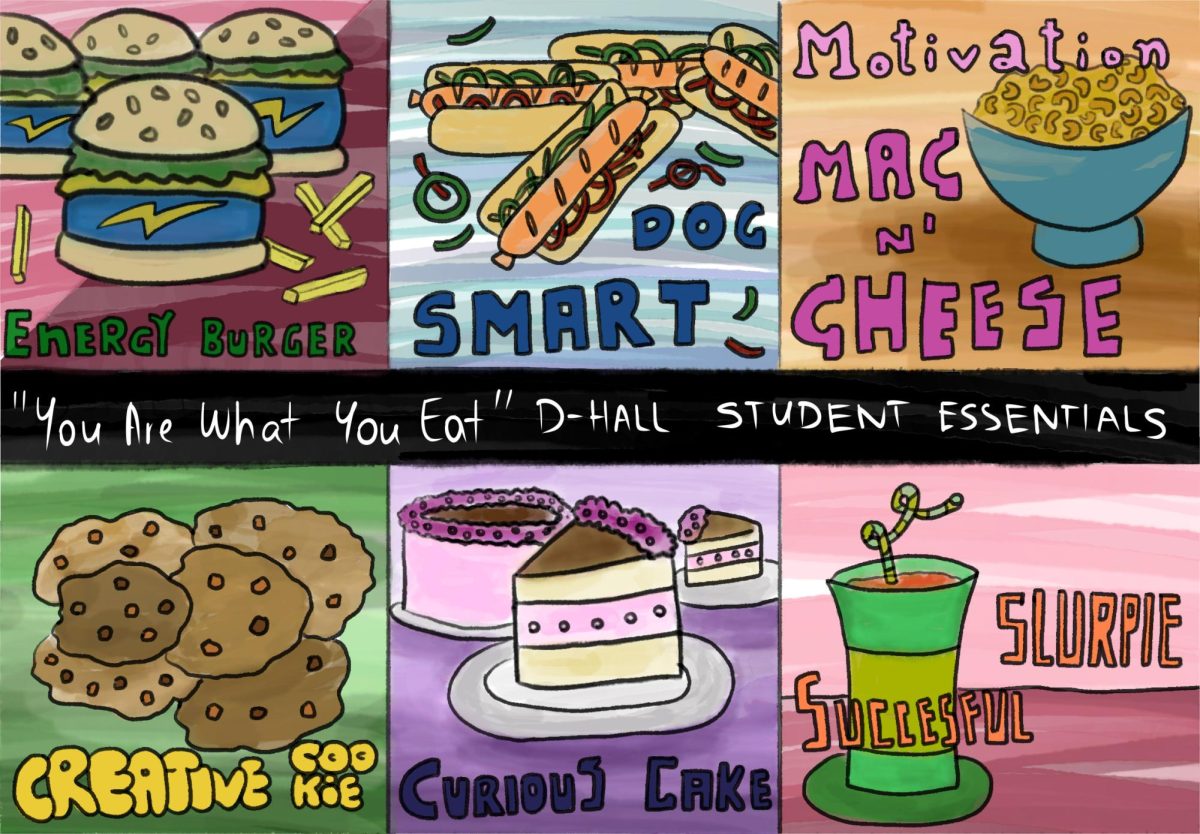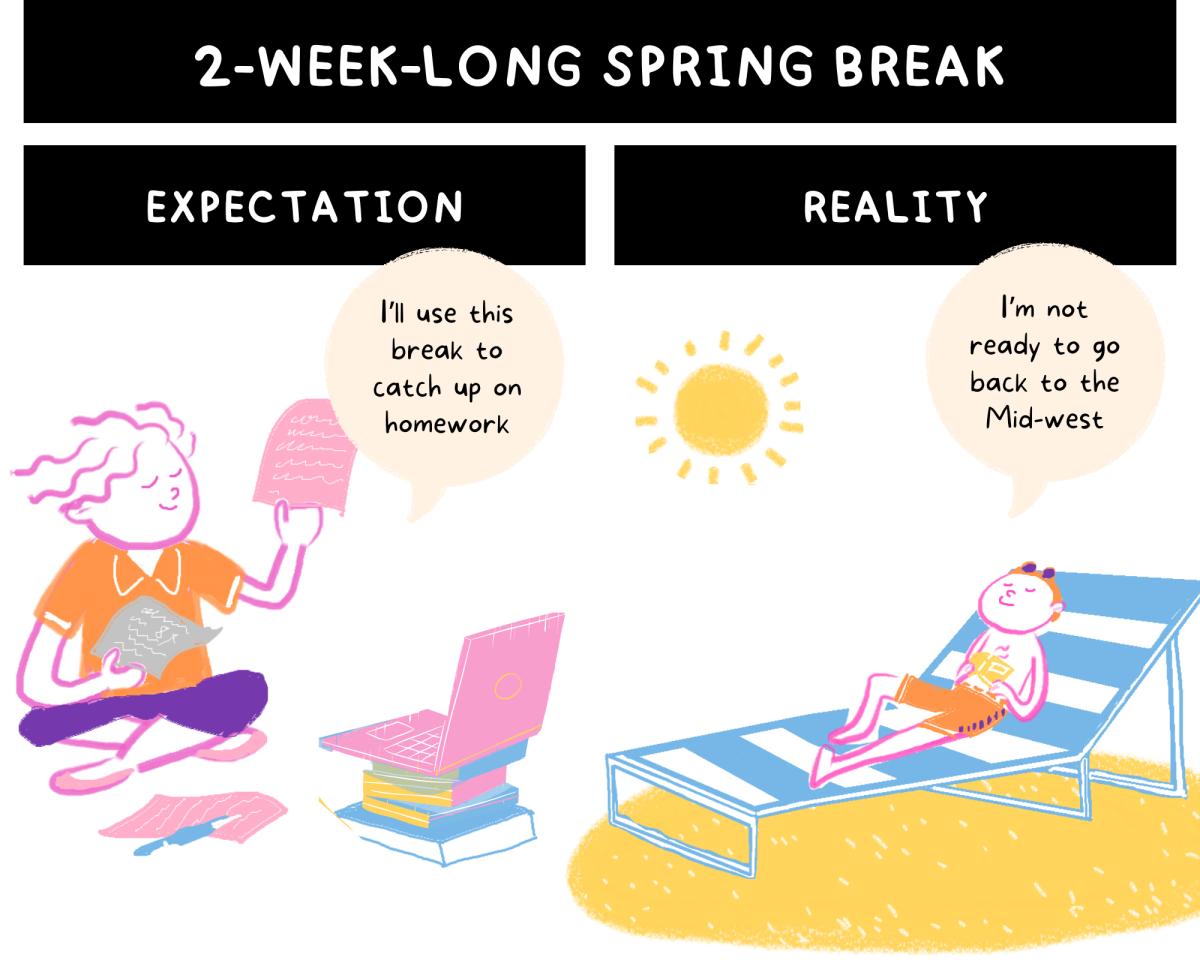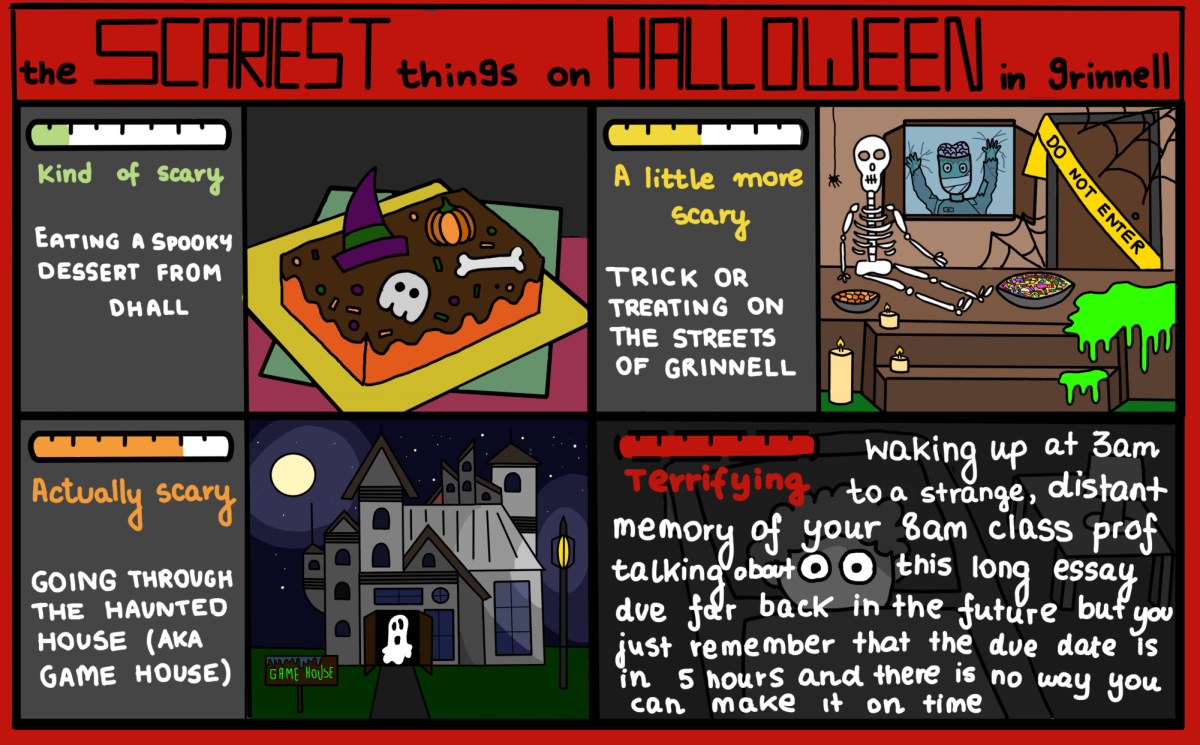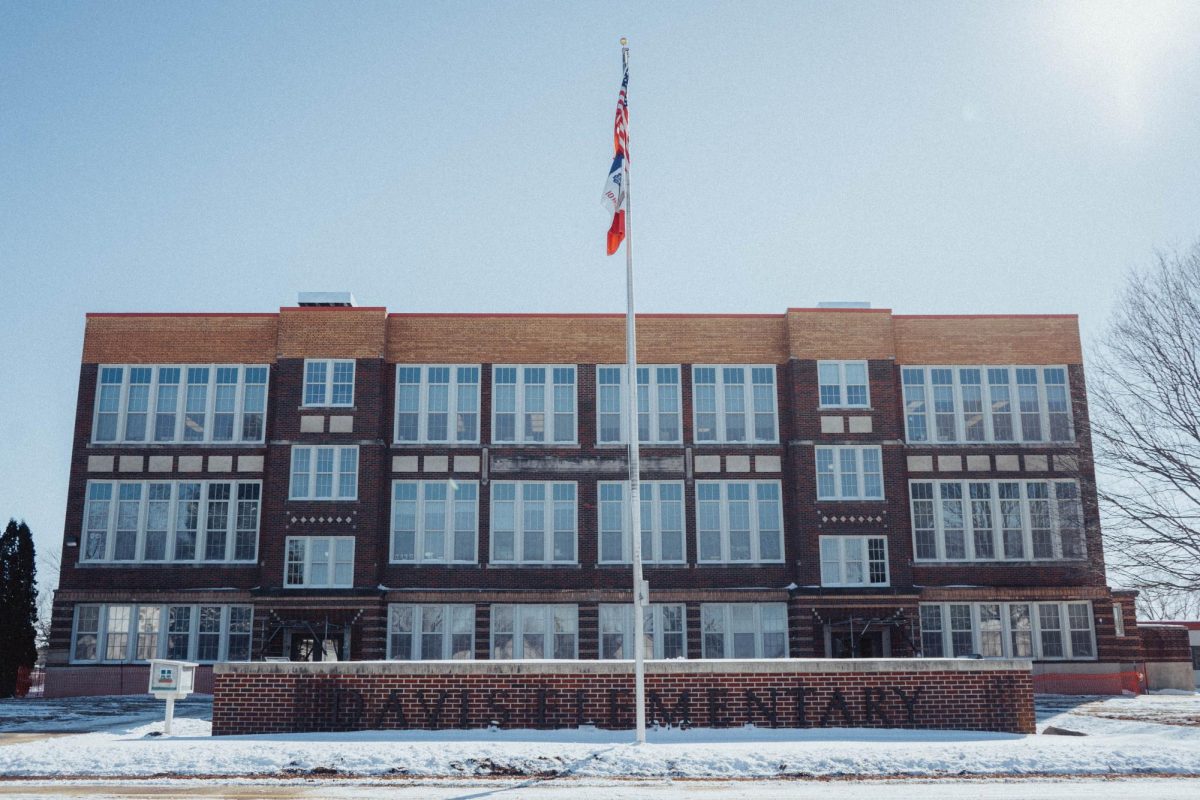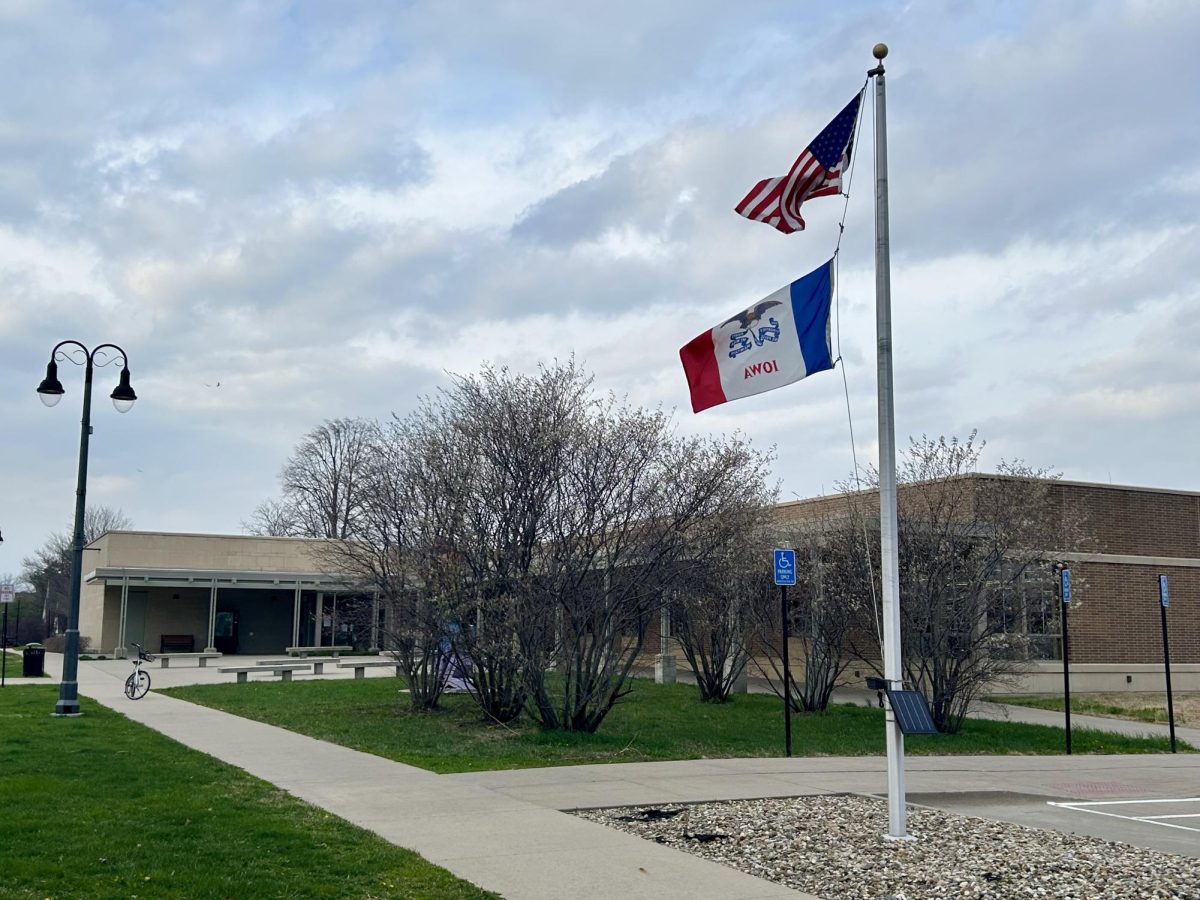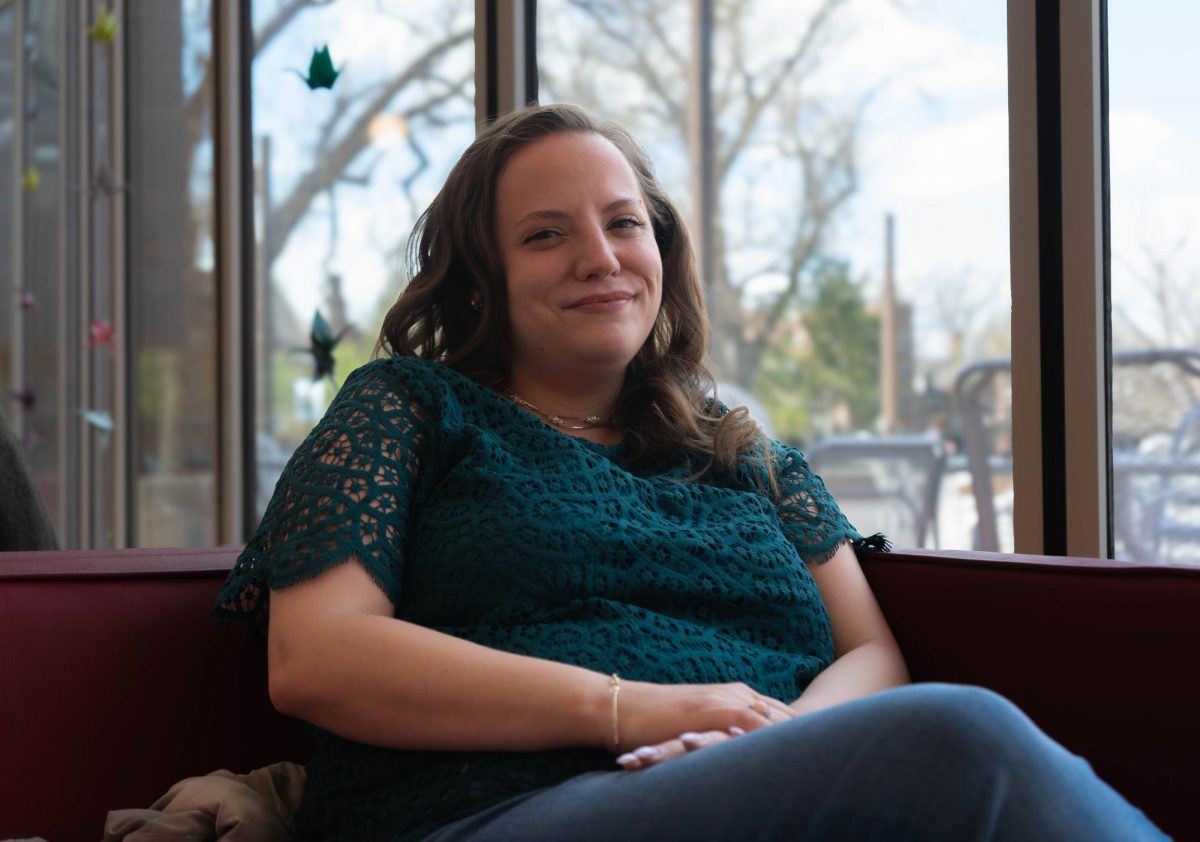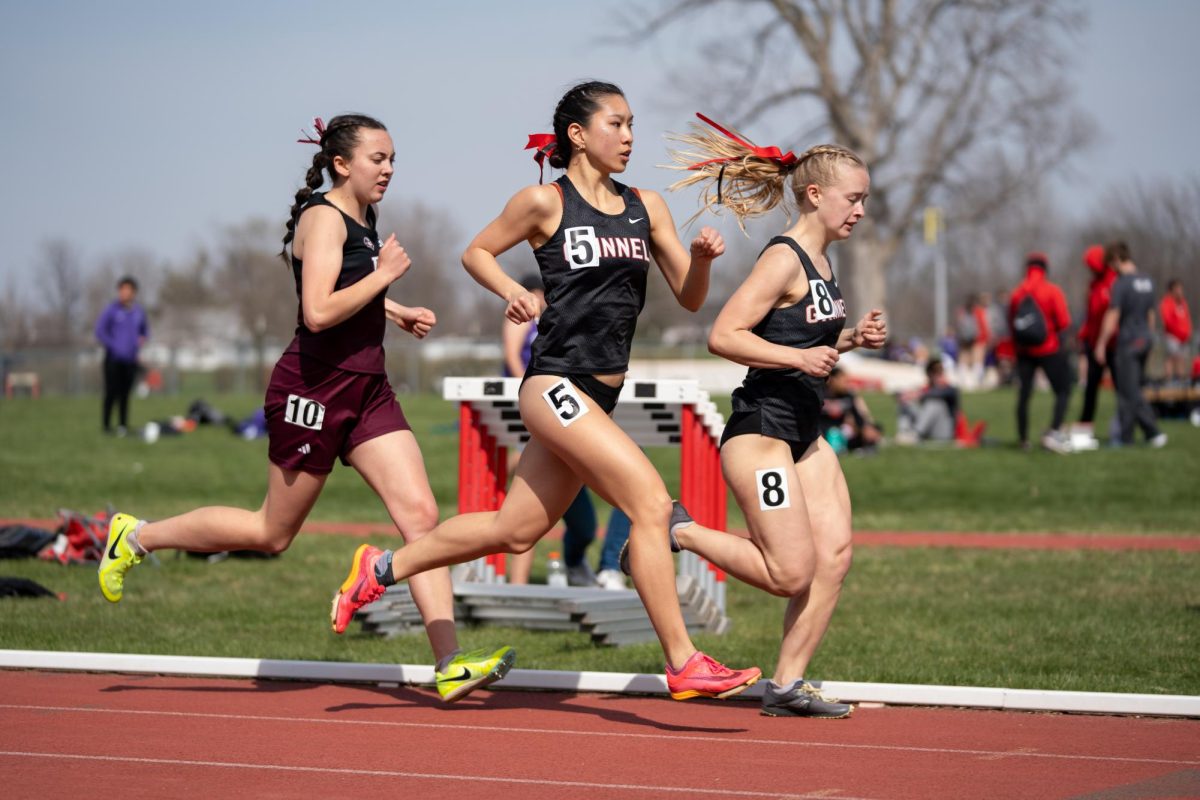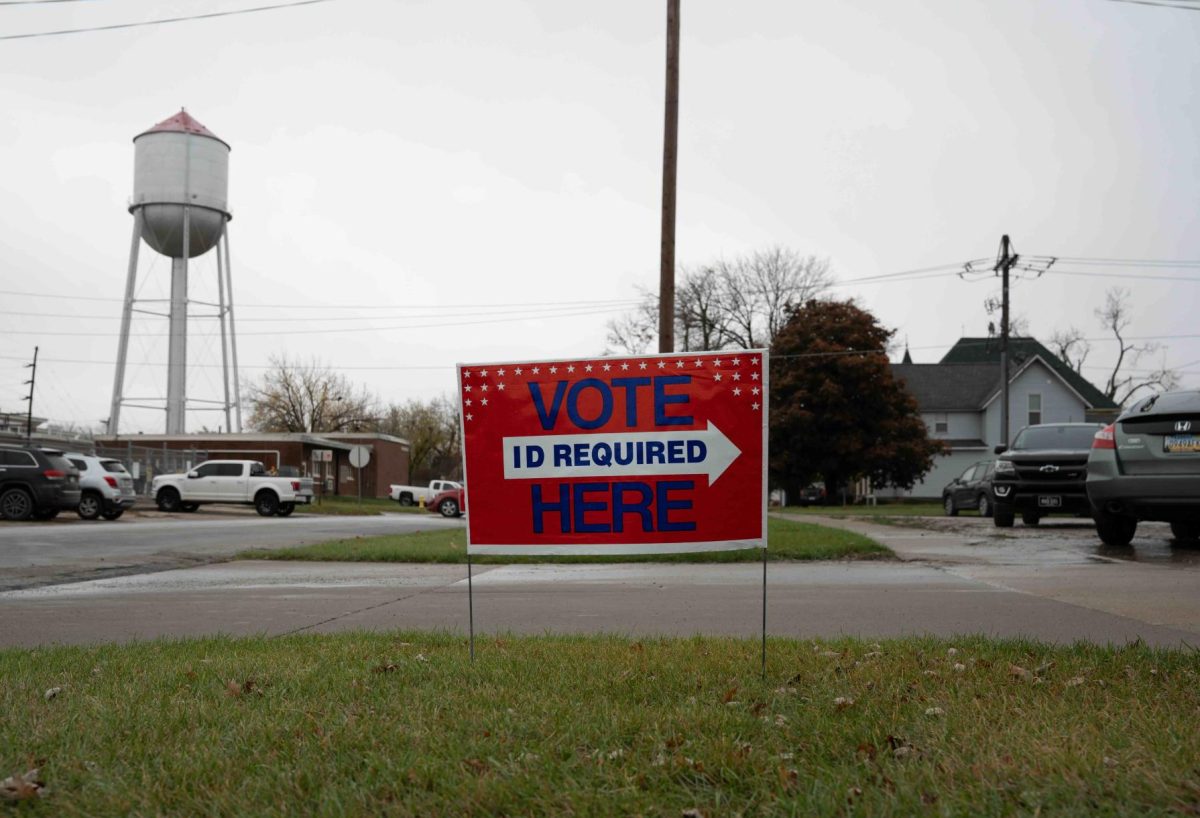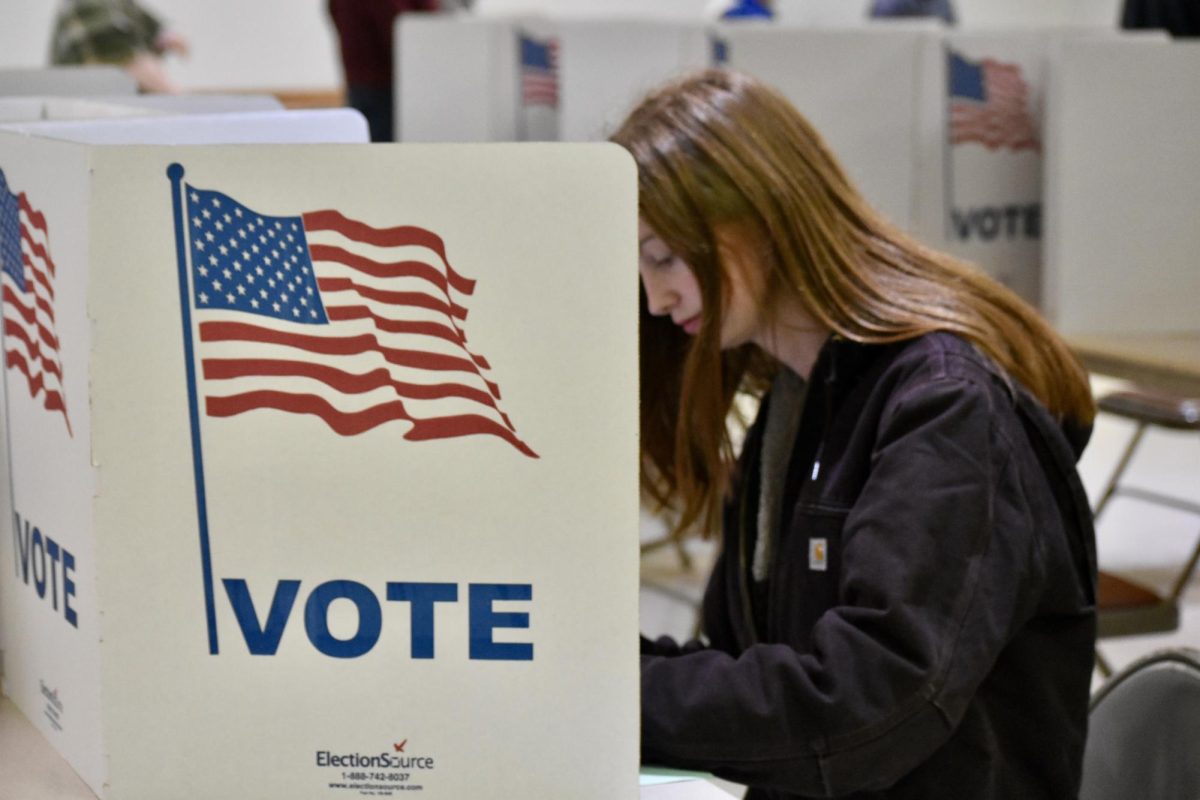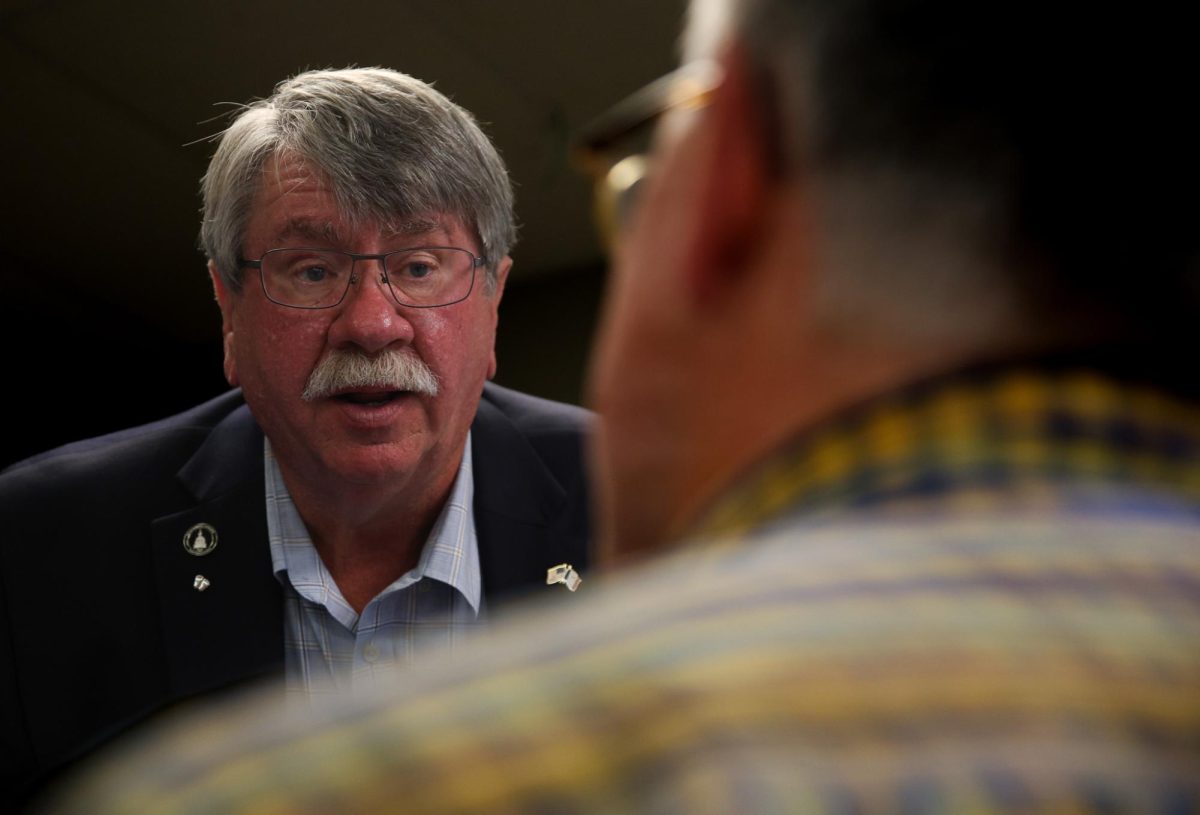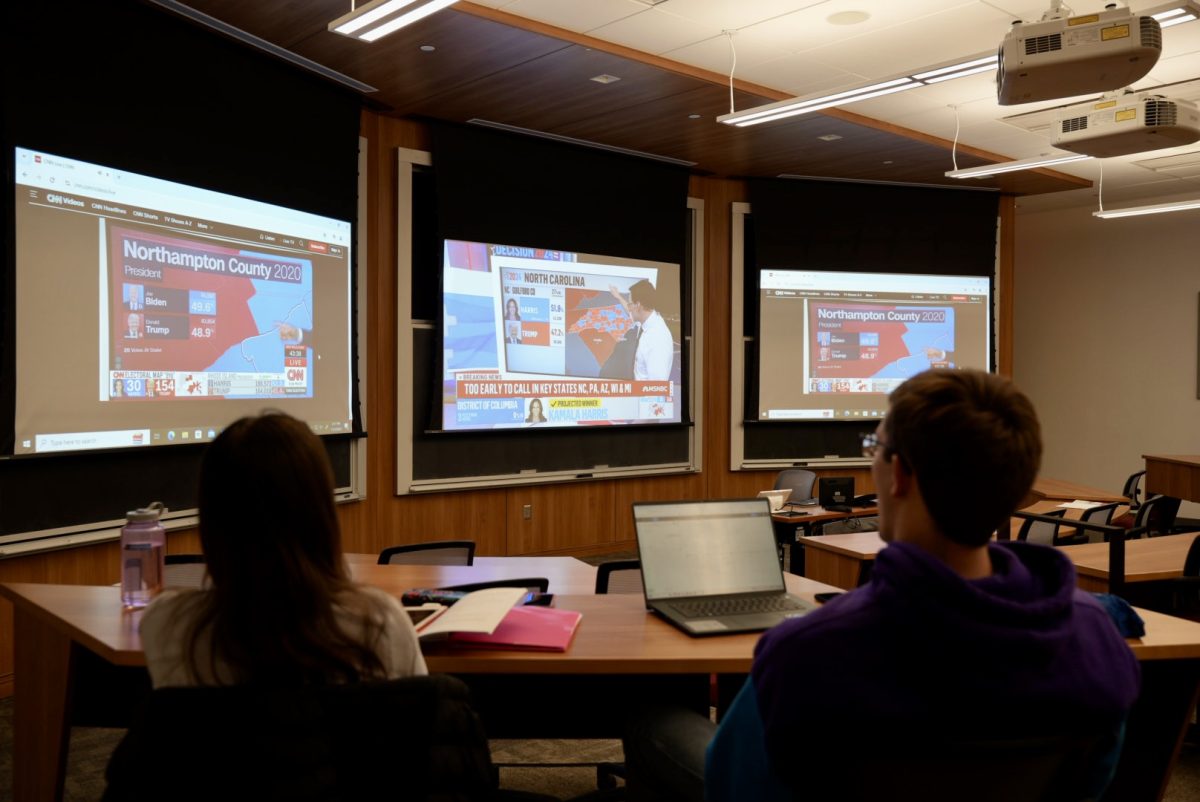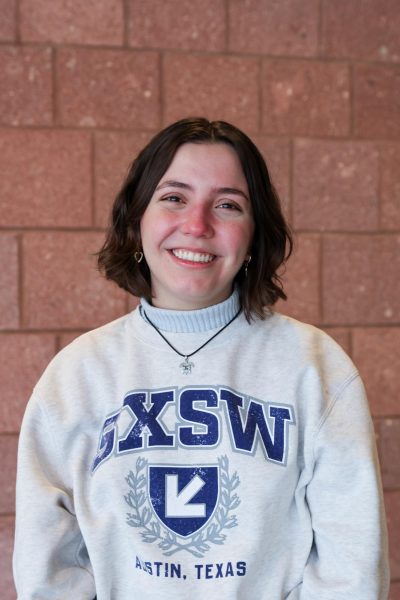After more than a decade and multiple failed attempts, Grinnell-Newburg Community School Board has secured approval for a historic levy to build a new K-4 elementary school. The measure passed on Mar. 4 with a supermajority of over 76 percent of voters in Jasper and Poweshiek counties. This follows two unsuccessful bond votes in 2018 and a rejected Physical Plant and Equipment Levy (PPEL) in 2023.
The newly approved levy will have a smaller impact on property taxes than previous proposals. The approval comes as Davis Elementary, which has served the community for over a century, faces closure at the end of this school year, leaving 221 students to be relocated.
Unlike previous proposals of a general obligation bond, which would have spanned 22 years, this plan shortens the repayment period and combines revenue sources to make the PPEL more affordable. Under its terms, the levy will amount to $0.67 per $1,000 of taxable property valuation — significantly lower than the $2.70 that would have been required under the previous bond.
Collaboration and cost-saving
Helping ease the financial burden, the Ahrens Park Foundation has pledged to donate land for the new school.
“We were optimistic but surprised by the percentage for sure,” said Chad Nath, president and CEO of the Ahrens Park Foundation. “We see this as an advancement that will improve the community’s way of life.”
Grinnell-Newburg Superintendent Lisa Beames said she felt grateful and excited after the results came in.
“It is a great thing for the school district,” she said. “Just a lot of appreciation for everyone who supported the proposal and excitement about beginning the journey of building a new school.”
A long-standing need
For many, the levy’s passage is a long-overdue response to deteriorating facilities.
“I think people don’t even know how bad it is, and this is something we’ve been trying to do for a lot of years,” said Amy Skouson, 52, a school teacher. “I’ve seen families decide not to stay in Grinnell because of the quality — not the quality of the teaching, but the quality of the school buildings. That sends a message.”
Kaylin Corey, 21, who works at one of the elementary schools, said she hopes people recognize the broader value of their vote. “I would hope people will realize that voting here should be good for the overall community,” she said.
Others emphasized that renovations were no longer practical for the town’s aging elementary buildings.
“Buildings have shelf lives, and these buildings were reaching the end of theirs, and so everything you put into them beyond a certain point is simply money wasted,” said local resident Tara Jones, 56.
A shared investment in Grinnell’s future
On Mar. 4, voters across generations came together to support the levy, viewing it as a long-term investment in the town and its children.
“The opportunity is great. The land’s been donated, so that expense is not even there. The taxes are minimal and the kids need a new school,” said Brenda Anderson, 62, a local resident.
“Schools and education are really critical assets to a community, and it’s just the right thing to do. It was just practically a no-brainer for me. I really can’t think of any reasons not to vote for it,” said Simone Sidwell, 64, who has consistently voted in favor of past levies.
Even voters with reservations said they supported the measure because of the broader importance of education.
“There were certain things that I definitely took issue with,” said local resident Janet Belisle, 46. “I definitely have some land use concerns, but I voted in favor of trying to give students the best shot at education that they can have, or at least what I perceived as such.”
Young voters, including high school students and members of the Grinnell College community, also played a role in the measure’s success.
“I know that our school facilities aren’t very good right now, and we need new ones,” said Luke Olson, 18, a senior in High School.
“My mom’s a teacher,” said Peter Versh `25. “I think teachers have a value for growing a community.”
Jane Hoffman ’25 echoed that sentiment. “I think it’s especially important as college students who are living in the context of a broader community to support the town,” she said.
What comes next?
With the land and funding secured, the district is beginning the initial planning phase.
“The first steps we’re doing is what I call the pre-planning stage. We’re in the process of hiring an architect,” said Beames. “That will take roughly a month to run.”
The Grinnell-Newburg board of education has also been working with a construction manager while navigating recent leadership transitions within the district.
Another key step, according to Beames, is finalizing the agreement with the Ahrens Park Foundation to officially transfer ownership of the donated property.
“People often think, ‘Well, they’re going to start digging and building the school,’” said Beames. “There’s lots of pre-planning pieces, and then the planning components, and you go slow to go fast.”






